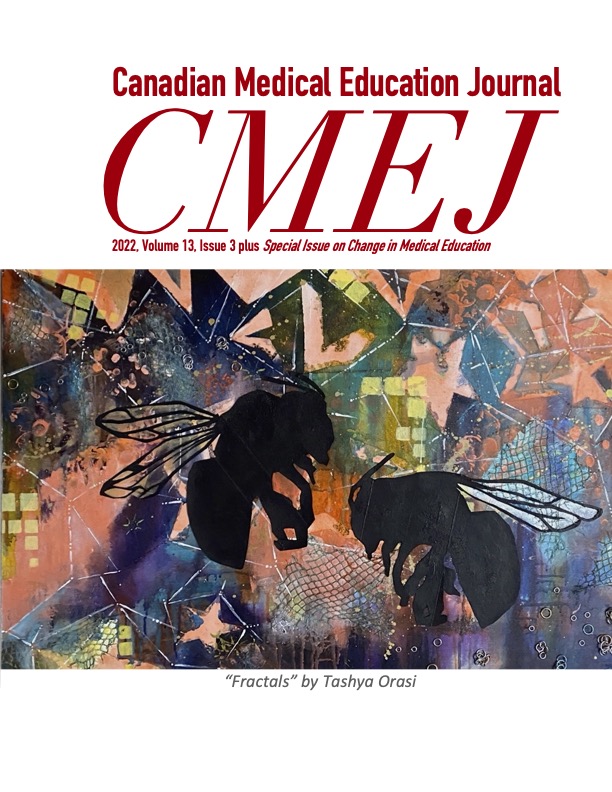Five ways to get a grip on the need to include clinical placements in Indigenous settings
DOI:
https://doi.org/10.36834/cmej.72878Abstract
Educational organizations that train medical professionals are intricately linked to the responsibility of creating culturally safe healthcare providers. However, prevailing inequities contribute to the continued oppression of Indigenous peoples, evidenced by inequitable access, treatment, and outcomes in the healthcare system. Despite an increasing awareness of how colonialist systems and the structures within them can contribute to health disparities, this awareness has not led to drastic improvements of health outcomes for Indigenous peoples. Many recently graduated health professionals will have likely encountered Indigenous peoples as a minority population within the larger, non-Indigenous context. Clinical placements in Indigenous settings may improve recruitment and retention of healthcare professionals in rural and remote settings, while helping educational institutions fulfill their social accountability missions. These placements may aid in the decolonization of care through reductions in bias and racism of medical professionals. Clinical placements in Indigenous settings may better prepare providers to navigate the dynamic challenges of the healthcare needs of Indigenous peoples safely and respectfully.
Downloads
Published
Issue
Section
License
Copyright (c) 2019 Alexandra Ansell

This work is licensed under a Creative Commons Attribution-NonCommercial-NoDerivatives 4.0 International License.
Submission of an original manuscript to the Canadian Medical Education Journal will be taken to mean that it represents original work not previously published, that it is not being considered elsewhere for publication. If accepted for publication, it will be published online and it will not be published elsewhere in the same form, for commercial purposes, in any language, without the consent of the publisher.
Authors who publish in the Canadian Medical Education Journal agree to release their articles under the Creative Commons Attribution-Noncommercial-No Derivative Works 4.0 Canada Licence. This licence allows anyone to copy and distribute the article for non-commercial purposes provided that appropriate attribution is given. For details of the rights an author grants users of their work, please see the licence summary and the full licence.






